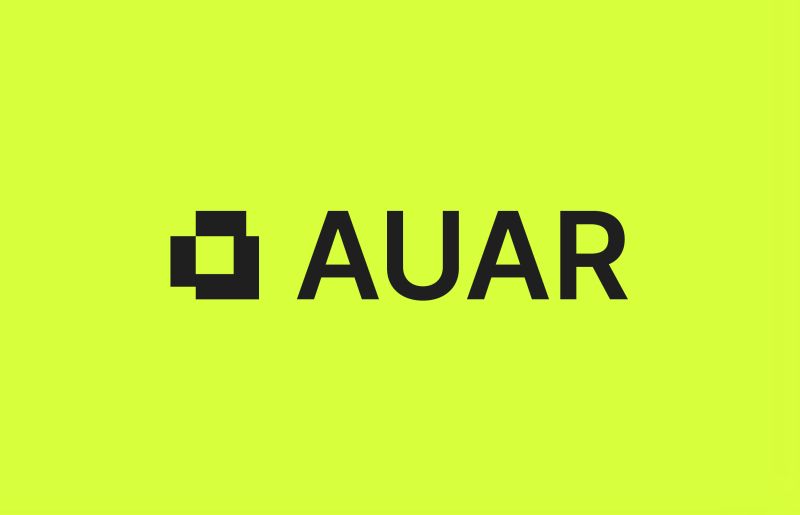A property industry insider view of the Autumn budget
Rachal Reeves the new Chancellor of the exchequer unveiled a £40 billion taxation budget in her autumn statement. Reeves says it is a moment of ‘fundamental choice’ for the UK, insisting that the Labour government will protect the NHS, protect working people and rebuild Britain. As all budgets do it covered many areas of taxation and investment.
In terms of housing, Reeves has committed to spending £5bn on housing investment in 2025-26, with an uptick on the delivery of affordable housing. Labour will also reduce right-to-buy discounts, with local government getting any revenue from housing stock being sold. And to stimulate the 300,000 new homes which the new government promises will be built every year; a legion of new planning officers will be taken on.
Opportunities Missed
Trying to make sense of what the first Labour budget means for the rental sector and the property sector in general we looked to hear what a senior industry expert Sian Hemming Metcalfe, Operations Director at Inventorybase and Advisory Panel Member for ARLA Propertymark made of it,
‘Today’s budget falls short of a balanced approach. It misses a crucial opportunity to provide tangible support for renters and those reliant on social housing, both of whom face intensifying pressures from limited housing options and rising costs, further exacerbating rental market tensions.
The budget delivered little in the way of tangible support for renters or those relying on affordable housing. It failed to address the structural shortage of rental and social housing that’s central to today’s affordability crisis.’
Stamp Duty Increase on Second Homes – A Mixed Bag for Renters and Buyers
We then asked Sian for her take on the hiking of SDLT rates for second homes, which will hit some of the general public but will mainly penalise Landlords.
‘Raising the stamp duty surcharge on second homes by 3% will discourage buy-to-let investments but could open up the market for first-time buyers by reducing investor competition. Yet, on the flip side, this tax hike could create a major supply shock in the rental market. With less incentives for landlords to purchase properties, the available rental stock will likely dwindle and prices spike as demand continues to grow.
Statistics highlight how stretched renters already are: private renters are spending on average, 28.4% of their gross income on rent, the highest level in over a decade. Given that retirees now account for around 16.2% of private renters – and this group is expected to grow significantly as homeownership declines for future retirees – these changes could push rents further out of reach.’
To give illustration to the new 3% rise in buying a second property, a professional landlord buying a second property at a purchase price of £280,000, would now be paying 5% SDLT on the first £250,000, so £12,500, and 10% on the next £30,000, giving a total stamp duty bill of £15,500. That is 5.5% of the actual asking price in revenue to HMRC. And in 2026 the SDLT on the same purchase price will rise to £18,000, a 6.4% rate of tax on the whole amount.

The Social Housing Crunch: Demand Outstrips Supply
Knowing that Sian Metcalfe has strong views on the plight of the poorest and most vulnerable in society, we asked for her views on what the budget was delivering for those in the non-private rental sector,
‘The social housing waitlist currently stands at 1.29m households. However, recent studies suggest the real need may be closer to 3.8m people. Meanwhile, the government’s budget allocation to the Affordable Homes Programme, at £11.5 billion, is nowhere near sufficient to cover this gap. Last year, just over 6,300 new social homes were built, a shocking 84% drop since 2010.
For retirees and others reliant on fixed incomes, these shortages mean fewer options and longer waits. The National Housing Federation reports that the private sector, rather than social housing, is housing many retirees – a trend unlikely to change without significant investment in social homes. With social rent levels typically set at 50% of market rent, the sector is crucial for those on limited budgets, yet demand is far outstripping supply’.
Competitive rental market seeing tenants pay hundreds of pounds as rents climb during search
The latest research by tlyfe, the UK’s number one tenant app launched by OpenBrix, has revealed how a highly competitive rental market is seeing tenants paying hundreds, sometimes thousands of pounds more over the course of their tenancy, due to the time it’s taking them to secure a rental property.
Analysis of ONS rental market data by tlyfe shows that, over the last year, the monthly cost of renting across Britain has increased by an average of £8 each and every month.
A survey of renters, commissioned by tlyfe, found that the average tenant spends two and a half months searching for a rental property and, in a fiercely competitive market, they need to apply for at least two properties before they are able to secure a roof over their head.
When asked what the main factors were in failing to secure a rental property, the number one reason was that the property in question had already been let by the time they applied.
The second biggest issue faced was that there were multiple tenants applying for the same property and it had gone to someone else, whilst the third biggest factor was that numerous applicants had caused the rent agreed to increase beyond their affordability threshold.
But it’s not just competition, it’s time that is driving up the cost of renting for the average tenant. With the average time taken to find a rental property sitting at two and a half months, this means tenants are seeing the cost of renting increase by almost £20 per month from the point they begin their search to the point they secure a rental property. Over the course of a 12 month tenancy, this equates to an additional £235 paid in rent for the average tenant.

Of course, for some the search for a property takes far longer and tlyfe found that 52% of tenants take between two to six months before they secure a rental property, with 43% applying for between two to 10 properties before they are successful. Those taking six months to find a rental home will see the average cost of renting increase by an estimated £48 per month from the time they start their search to signing a tenancy agreement – that’s an additional £576 over the course of a 12 month tenancy.
Streamlining Lease Abstraction in CRE
The following is an abridged version of an article written by Tetiana Fadina from Ascendix, it outlines both how AI can read and make sense of leases, and what that looks like when dealing with commercial leases.
‘On average, lease abstraction—a detailed summary process for commercial lease agreements for example —takes property professionals between 4 to 8 hours. This isn’t surprising given the complex legal terminology and meticulous attention to detail these documents demand. While tools like ChatGPT offer some assistance, they fall short in security, PDF processing, and specialized industry knowledge. A more dedicated AI lease abstraction tool may be the solution for those prioritizing both security and efficiency.
As we work to develop our AI lease abstraction tool, we’re committed to guiding you through this technology. From understanding its limitations to learning how it improves document processing, we’ll explore the potential of AI-powered lease abstraction.
What is AI Lease Abstraction?
AI lease abstraction is a technology-driven process that extracts critical information—such as responsibilities, financial terms, and key dates—from commercial leases and summarizes it into an easily accessible document. With advancements in Natural Language Processing (NLP) and Optical Character Recognition (OCR), AI lease abstraction can save brokers as much as 25% of their time, according to CBRE.
Lease Abstraction: Key Elements
A lease abstract serves as a structured summary of a lease document, containing essential terms and obligations. Typical components of a comprehensive lease abstract include:
Tenant Information – Including name, address, rent history, and financial background. Second Party Identification – The landlord’s identity and contact information. Pricing Details – Basic and additional costs associated with the lease. Rights and Responsibilities – Both parties’ rights, including tenant termination rights and landlord responsibilities. Tax and Reimbursement Clauses – Details on CAM fees and tax responsibilities.
Property and Insurance Details – Information on property descriptions and title insurance. Security Deposits and Important Dates – Specific terms around deposits and lease duration. Use and Termination Clauses – Details on allowed property uses and termination terms.
Automated Lease Abstraction: A Step-by-Step Process
The AI-driven lease abstraction process follows a structured approach: Document Upload – Users upload the document, enabling the AI platform to begin processing. OCR Conversion – OCR software, such as Azure Form Recognizer, converts PDFs into editable text. Text Chopping – Large documents are split into smaller, manageable text chunks for processing. Data Storage and Searchability – Chunks are stored in vector databases, such as Pinecone, ensuring efficient retrieval.
NLP-Driven Summarization – NLP models like GPT-3.5 extract key entities, such as tenant details, property data, and payment terms. Manual Review and Validation – AI-generated abstracts are manually reviewed for accuracy. Self-Improving Models – If a self-learning model is in use, it refines future results based on previous adjustments.

ChatGPT vs. Custom AI Lease Abstraction Tools
While ChatGPT is a versatile tool for real estate professionals, it has limitations in handling secure, complex lease documents. Custom AI lease abstraction tools are specifically designed for the real estate industry, and they integrate seamlessly with property management and CRM systems. ChatGPT lacks:
Andrew Stanton Founder & Editor of 'PROPTECH-X' where his insights, connections, analysis and commentary on proptech and real estate are based on writing 1.3M words annually. Plus meeting 1,000 Proptech founders, critiquing 400 decks and having had 130 clients as CEO of 'PROPTECH-PR', a consultancy for Proptech founders seeking growth and exit strategies. He also acts as an advisory for major global real estate companies on sales, acquisitions, market positioning & operations. With 200K followers & readers, he is the 'Proptech Realestate Influencer.'












